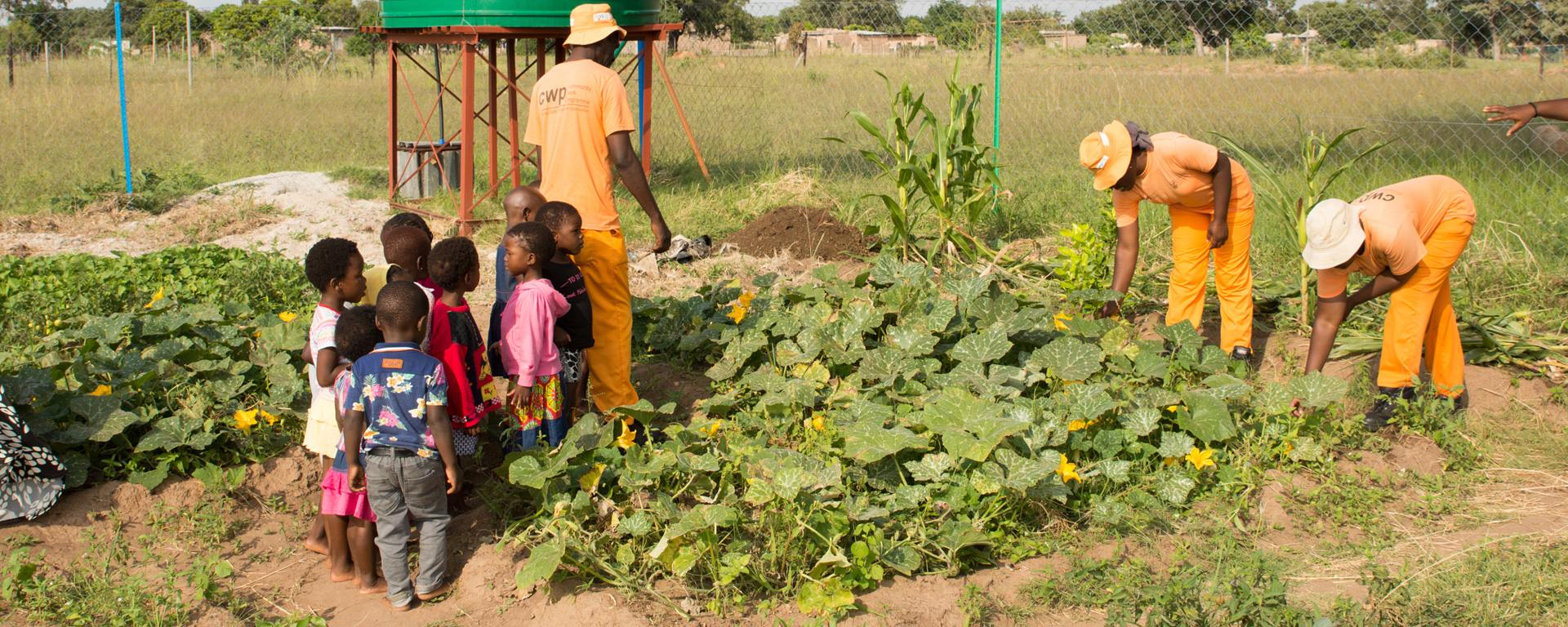
31 Aug 2014 What is Permaculture?
At A Spring of Hope we frequently mention “permaculture” as an important part of our program so we thought it might be beneficial to explain the ideas and principles behind this method of gardening.
Permaculture is derived from the words “permanent” and “agriculture” and is defined as a system of perennial agriculture emphasizing the use of renewable natural resources and the enrichment of local ecosystems.
- Care for the earth: Provision for all life systems to continue and multiply. This is the first principle, because without a healthy earth, humans cannot flourish.
- Care for the people: Provision for people to access those resources necessary for their existence.
- Return of surplus: Reinvesting surpluses back into the system to provide for the first two ethics. This includes returning waste back into the system to recycle into usefulness.
- Make small gardens, as they are more a more efficient use of energy and resources and easier to maintain.
- Choose plants and animals that have many uses instead of just one.
- Be self-reliant. For instance, harvest your own water.
- Recycle waste. Recycling keeps resources and energy in a perpetual cycle.
- Make your waste pay by using kitchen water in the vegetable garden and composting kitchen waste for use in the garden.

Permaculture design emphasizes patterns of landscape, function, and species assemblies. It determines where these elements should be placed so they can provide maximum benefit to the local environment. The central concept of permaculture is maximizing useful connections between components and synergy of the final design. The focus of permaculture, therefore, is not on each separate element, but rather on the relationships created among elements by the way they are placed together; the whole becoming greater than the sum of its parts. Permaculture design therefore seeks to minimize waste, human labor, and energy input by building systems with maximal benefits between design elements to achieve a high level of synergy.
- Observe and interact: By taking time to engage with nature we can design solutions that suit our particular situation.
- Catch and store energy: By developing systems that collect resources at peak abundance, we can use them in times of need.
- Obtain a yield: Ensure that you are getting truly useful rewards as part of the work that you are doing.
- Apply self-regulation and accept feedback: We need to discourage inappropriate activity to ensure that systems can continue to function well.
- Use and value renewable resources and services: Make the best use of nature’s abundance to reduce our consumptive behavior and dependence on non-renewable resources.
- Produce no waste: By valuing and making use of all the resources that are available to us, nothing goes to waste.
- Design from patterns to details: By stepping back, we can observe patterns in nature and society. These can form the backbone of our designs, with the details filled in as we go.
- Integrate rather than segregate: By putting the right things in the right place, relationships develop between those things and they work together to support each other.
- Use small and slow solutions: Small and slow systems are easier to maintain than big ones, making better use of local resources and producing more sustainable outcomes.
- Use and value diversity: Diversity reduces vulnerability to a variety of threats and takes advantage of the unique nature of the environment in which it resides.
- Use edges and value the marginal: The interface between things is where the most interesting events take place. These are often the most valuable, diverse and productive elements in the system.
- Creatively use and respond to change: We can have a positive impact on inevitable change by carefully observing, and then intervening at the right time.
Layers are one of the tools used to design functional ecosystems that are both sustainable and of direct benefit to humans. A mature ecosystem has a huge number of relationships between its component parts: trees, understory, ground cover, soil, fungi, insects, and animals. Because plants grow to different heights, a diverse community of life is able to grow in a relatively small space, as each layer is stacked one on top of another. Additionally, it is crucial to chose plants that are best-suited to the local environment for each layer.
Permaculture is a philosophy of working with, rather than against nature; of protracted and thoughtful observation rather than protracted and thoughtless labor; and of looking at plants and animals in all their functions, rather than treating any area as a single product system.
—Bill Mollison
Source: Wikipedia
